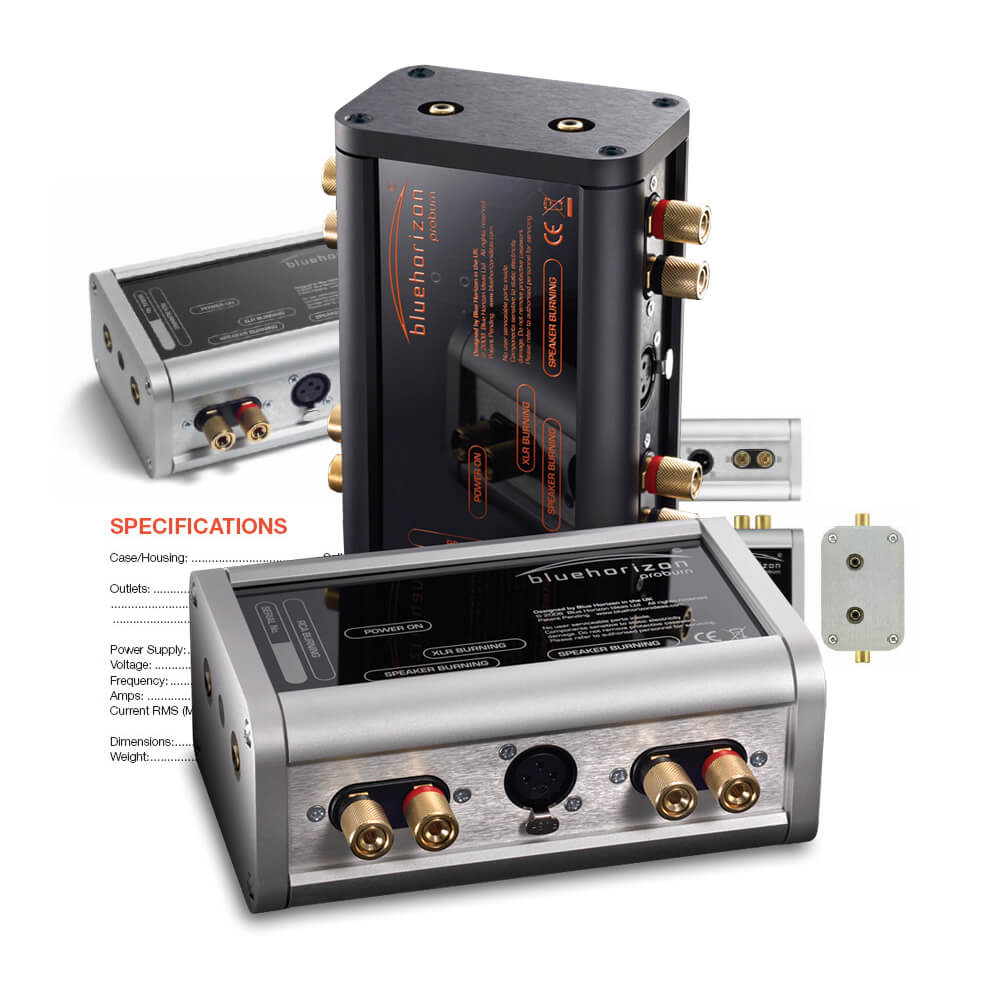Bit late to the thread. Is it possible the new speaker cable is just more revealing? It's an easy mistake to make with hifi gear, you buy better quality i/cs or s/cs, you expect heaven, instead things sound edgy - sibilance part of that problem. It's probably not the s/cs in themselves, it's just the combination doesn't work. It wasn't so many years ago nearly everybody seemed to buy trusty VDH D102 i/cs - they sounded very natural, they also took the edge off a lot of budget kit. I'm not saying your Cambridge amp is "budget" by the way.
I remember having a Marantz PM 17 and CD 17 Ki set up years ago. A lovely combination but it took me ages to find the right i/c, eventually settling on a pair of VDH Thunderline. I demoed some Ecosse i/cs at one point and they were amazingly revealing - but I couldn't play either Joni Mitchell or Maria Callas if you get my drift - both singers sounded metallic, horrendous. Many years later I think that it was just a bad combination - plus the ubiquitous Chord Odyssey s/cs that were sold by the mile then. The silver in the speaker cable exacerbated the problem too.
Always trust your ears. Ignore the cable doubters, trust your own instincts - don't worry about yourself or your own perceptions - if you hear something, you hear something. Talk to a good dealer or swap notes with other music nuts, even old farts like me.
By the way, I've bi-wired for years. If the terminals are there on the speakers, use them. My current speakers are tri-wired. No sibilance.


